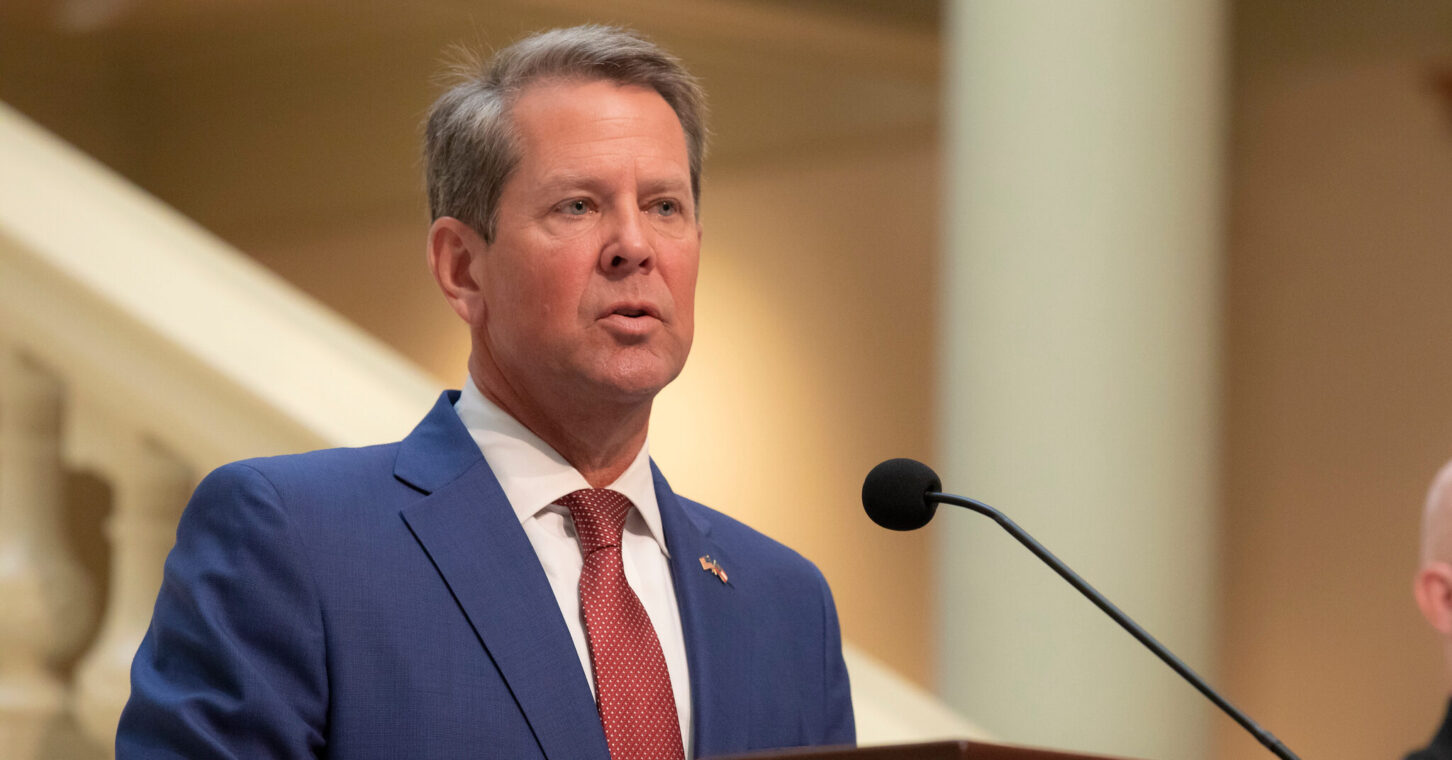
“I believe we have run out of ‘next years.’”
With those words in his 2024 State of the State address, Gov. Brian Kemp both summarized the urgency of empowering families to choose the best educational setting for their children, and put the onus on members of the General Assembly to act.
For the child who is struggling with literacy, “next year” can’t replace the opportunity he needs today.
For the child suffering abuse from bullies, “next year” isn’t soon enough for her to escape.
And so, for the lawmakers who can do something about it, waiting until “next year” is unacceptable. Kemp called on those lawmakers “to provide our kids the best educational opportunities we can – because that’s what we were elected to do.”
Yes, it is most certainly what they were elected to do.
In any case, it’s already “next year.” Last year, you’ll recall, lawmakers had the opportunity to do what Kemp talked about. The state Senate passed a bill to create Promise Scholarship Accounts that students could use for private school, homeschooling expenses, tutoring, certain education-related therapies and more. The state House very nearly followed suit, but the bill gained only 85 of the required 91 votes and was sent back to committee for reconsideration.
As House members re-evaluate their position, they should be mindful that the “us versus them” narrative opponents have crafted is utterly false. It is not anti-public schools to give parents alternatives. That’s not rhetoric, it’s reality.
Kemp not only talked about giving families more options during his speech last Thursday. He also announced that his budget will include $1.4 billion in additional money for K-12 public schools, raising the state’s total annual investment to $12.8 billion. That includes:
- $382.1 million to raise K-12 teacher salaries by another $2,500 apiece – bringing the total salary increases during Kemps’ tenure to $9,500, plus bonuses.
- $204.8 million for transportation, plus $20 million more for new buses.
- $104 million for school security grants.
- $236.7 million for local school construction and renovation projects.
- $11.3 million for literacy initiatives.
All of this, even as student enrollment in public K-12 schools remains lower than its pre-pandemic high.
No reasonable person could look at a budget that boosts spending by such a large amount – an increase of more than $1,000, or 17%, per child compared to just three years ago – and think it reflects anything other than putting a high priority on public education.
Public education leaders praised those additions to the budget. And yet, as surely as night follows day, they will turn around and decry any expansion of student options as a decimation of public education.
They can’t have it both ways.
It is entirely possible to support public schools and work to improve them while also giving families options. In fact, giving families options may even be another way to help public schools improve. As Kemp further asserted: “It’s also important for us to remember that increased funding does not always guarantee greater success. As a small business owner for almost 40 years now, I believe – like many of you – that competition and the free market drive innovation and, at the end of the day, result in a better product for the consumer.”
He’s right, as the vast majority of peer-reviewed research shows. Students’ academic performance tends to rise in places that offer school choice programs. Perhaps no place illustrates this better than Florida, which two decades ago was a laggard in academic performance – and now, after steadily building an array of public and private choice programs for students, ranks among the nation’s top states for academic achievement.
That track record underscores one other thing Kemp told lawmakers:
“I firmly believe that we can take an all-of-the-above approach to education, whether it’s public, private, homeschooling, charter or otherwise.”
That’s absolutely right. And we can’t wait until “next year” to do it.